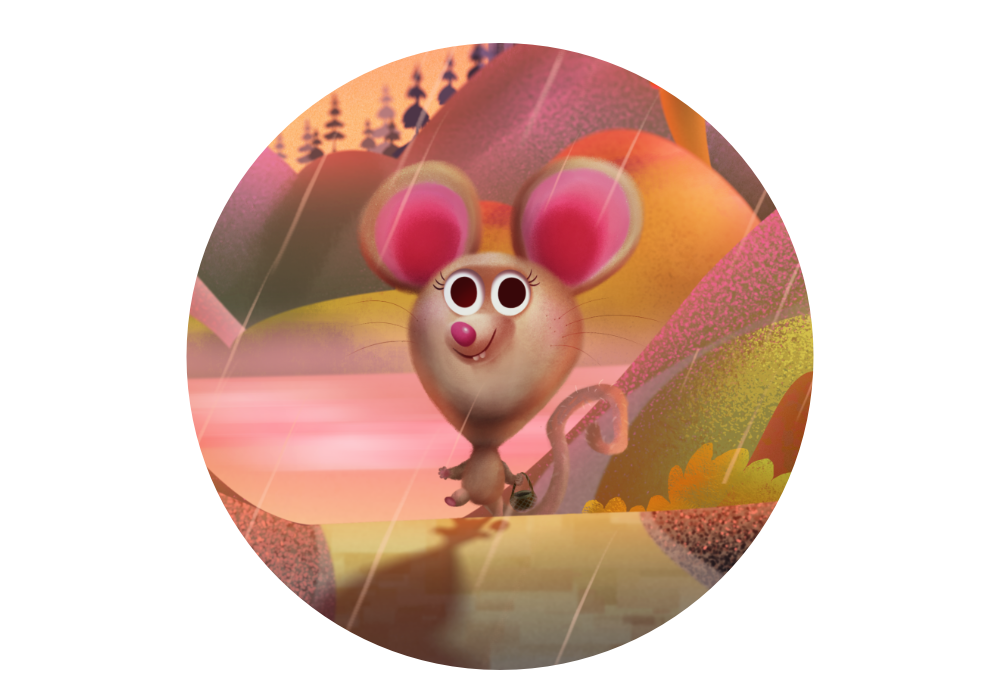The non-destructive power of masking
Masks are applied to designs as a separate layer, allowing them to be freely edited and moved. Mask layers affect any object below them within the same parent layer. They can also be clipped to individual objects so that only that object is affected.
Adjustment layers also have mask layer properties. Areas of an adjustment layer can be revealed or hidden in the same way as with a mask layer.
Once a mask layer is created, you can apply different levels of grayscale or opacity to the mask layer—apply White (or 100% Opacity) to reveal; apply Black (or 0% Opacity) to conceal; apply intermediate grayscale levels for partial masking. Try drawing a gradient (with Gradient Tool) across a mask layer and assign different grayscale levels or opacity to end stops to experiment.
Mask layers can have a unique blend mode assigned.



